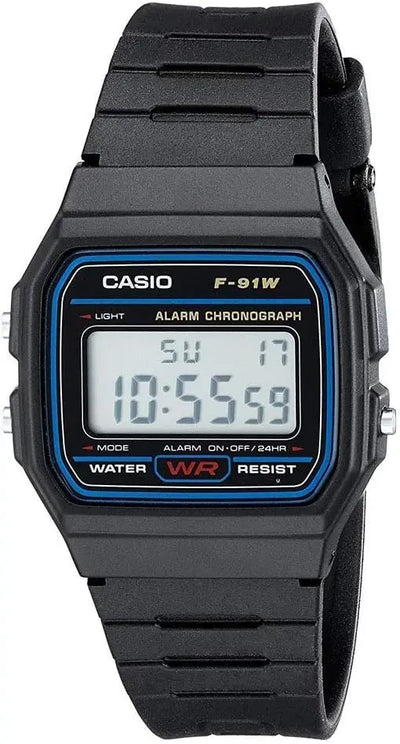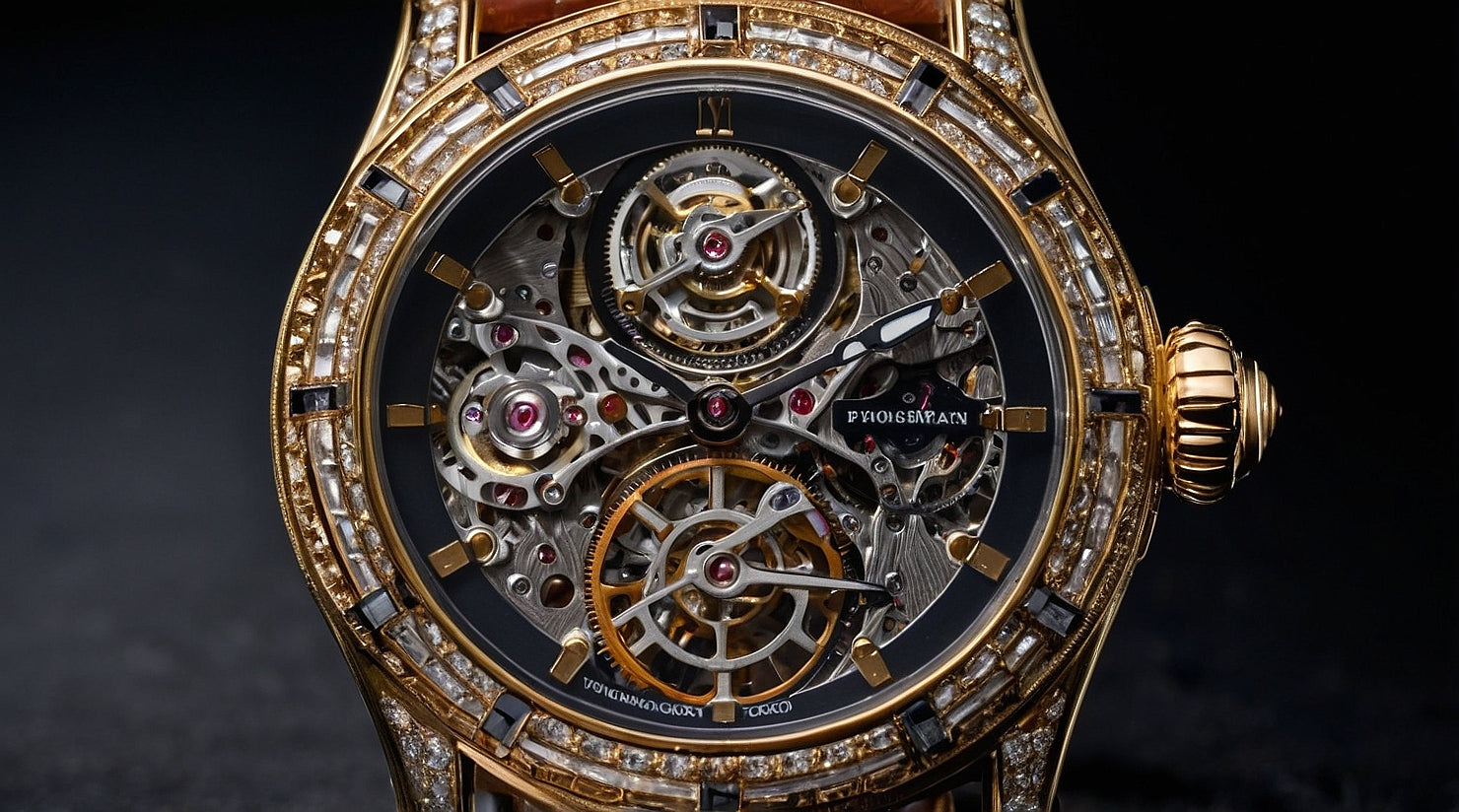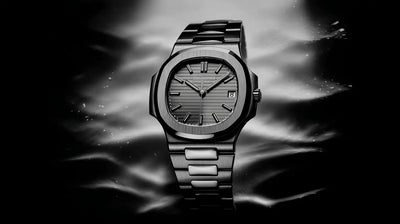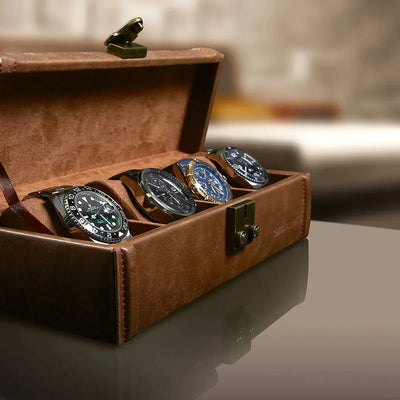
What is the best-selling watch in the world?
Which watch is the best-selling in the world among all the brands and models available on the market? We will explore...



The tourbillon , this fascinating little mechanism that turns on itself in certain luxury watches , has intrigued and captivated watch enthusiasts for more than two centuries. But what is this complex and expensive component really used for? Let's dive into the world of the tourbillon to discover its history, how it works and its role in modern watchmaking.
It all began in 1795, when Abraham-Louis Breguet, a genius watchmaker, invented the tourbillon. At the time, pocket watches were facing a major problem: gravity affected their accuracy depending on the position in which they were worn.
Breguet then had a brilliant idea: to place the escapement and the balance wheel in a rotating cage. This cage, rotating on itself, compensates for the effects of gravity by averaging position errors. This was the birth of the tourbillon, an innovation that revolutionized precision watchmaking.

The principle of the whirlwind is ingenious:
Imagine a swing: if you stand still, you will always experience gravity in the same way. But if you are constantly rotating, the effect of gravity will be averaged over all positions.
Since its invention, the tourbillon has undergone many developments:
Each variation brings its share of complexities and technical challenges, making the tourbillon a veritable playground for the most creative watchmakers.
In the world of luxury watches , the tourbillon occupies a special place. It is both:
The biggest brands, such as Rolex , Patek Philippe and Audemars Piguet , compete in ingenuity to create ever more impressive and precise tourbillons.
Despite its prestige, the tourbillon is the subject of debate in the watchmaking world:
Nevertheless, the tourbillon remains a symbol of watchmaking excellence and continues to fascinate collectors and enthusiasts.
Far from being obsolete, the tourbillon continues to evolve:
The tourbillon remains a field of innovation for watchmakers, combining centuries-old tradition and cutting-edge technologies.
The tourbillon, much more than a simple mechanism, is a true symbol of watchmaking excellence. Whether considered a masterpiece of engineering or an artistic feat, it continues to captivate and inspire, testifying to the relentless quest for perfection that drives luxury watchmaking.
Q1: Do all luxury watches have a tourbillon?
A: No, only some high-end watches are equipped with it. The tourbillon is a complex and expensive mechanism.
Q2: Is a tourbillon watch more accurate than a classic watch?
A: Not necessarily. In modern wristwatches , the impact of the tourbillon on accuracy is debated.
Q3: Why are tourbillon watches so expensive?
A: The tourbillon is extremely complex to manufacture and assemble, which significantly increases the cost of production.
Q4: Can we see the tourbillon working?
A: Yes, most tourbillon watches have an opening in the dial allowing you to admire its movement.
Q5: Does the tourbillon require any special maintenance?
A: Yes, like any complex mechanism, it requires regular maintenance by a qualified watchmaker to ensure its proper functioning.
To learn more about the fascinating world of luxury watches and their maintenance, be sure to check out our complete guide to watch boxes and our advice on choosing an automatic watch winder .
If you are passionate about luxury watches and their history, you might also be interested in our article on the fascinating history of Rolex or our guide on how to choose your first luxury watch . And for those interested in investing, don’t forget to check out our tips for investing in luxury watches .
To preserve your precious tourbillon watches, we highly recommend investing in a quality watch box . Our leather and wooden watch boxes offer optimal protection while adding a touch of elegance to your collection. For those who prefer a more compact solution, our watch cases are perfect for traveling.
Finally, to maintain the precision of your automatic watches, including those equipped with a tourbillon, an automatic watch winder is a wise investment. And to proudly display your horological masterpieces, discover our selection of elegant and functional watch holders .

Which watch is the best-selling in the world among all the brands and models available on the market? We will explore...

It leaves no trace. No scratches, no dents. Nothing visible. And yet, magnetism is one of the quietest enemies of your automatic watch. ...

The world of watch boxes offers a multitude of options to meet various needs and preferences. From a simple storage box to...
Leave a comment
This site is protected by hCaptcha and the hCaptcha Privacy Policy and Terms of Service apply.